Categories of plastic
Plastic injection molding materials, in particular thermoplastics, have a vast range of properties and areas of application. Continuously new material combinations are being discovered, replacing more and more traditional materials.
In this post, you will explore the top 15 plastic materials used in injection molding.
Thermoplastics are separated into 2 main groups, according to their use case.
Commodity plastics are mostly single-use items, such as packaging and bottles. Plastics used in those products are more cost-effective than alternative plastics. You usually want to choose them when you don’t need special properties for the performance or function of the product.
Engineering plastics are designed to withstand harsh mechanical and environmental conditions. Those could be mechanical strength, heat resistance, chemical stability, or self-lubrication. Many traditional materials such as metals and wood have been replaced by engineering plastics. In many applications, the addition of glass fiber increases benefits even further.
Plastic Material Selection Guide
Commodity Plastics
PP - Polypropylene
PP is used in a wide range of applications. Its excellent chemical resistance and low cost make it a great low-cost choice for many products. It can also be reinforced with minerals or glass fiber to improve its mechanical properties.

HDPE - High-Density Polyethylene
This polymer is made from petroleum and is one of the most versatile plastic materials available. It is used in consumer and industrial products. The most apparent applications are bottles of all kinds.
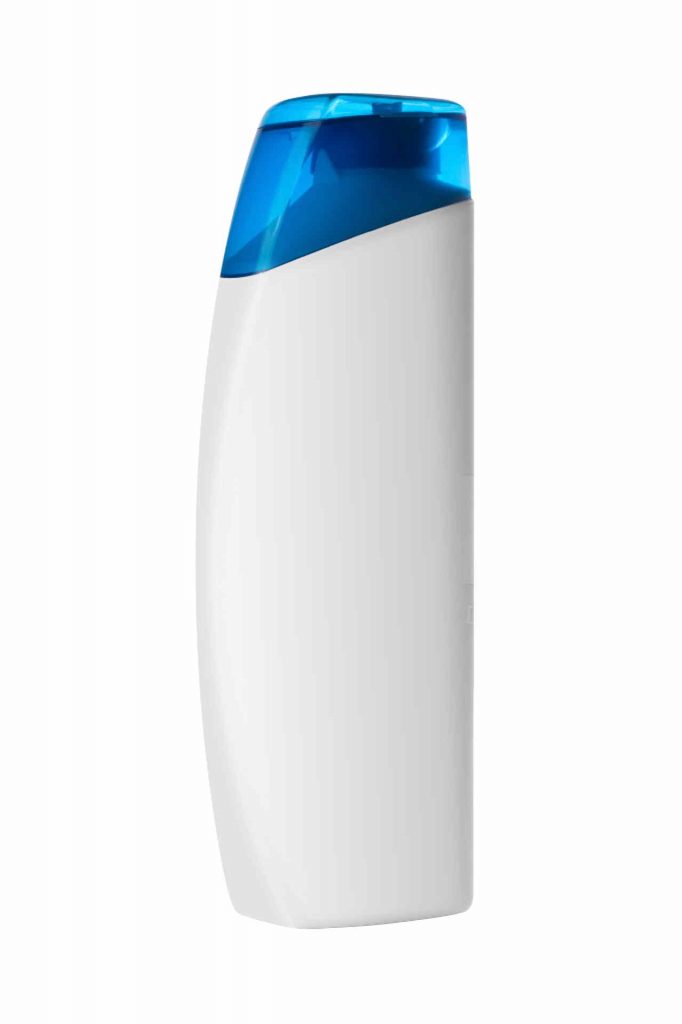
LDPE - Low-Density Polyethylene
LDPE is softer than HDPE. Its lightweight and flexibility make it great for applications where no structural strength, temperature resistance, or stiffness is required. Common applications are bags and filling material.
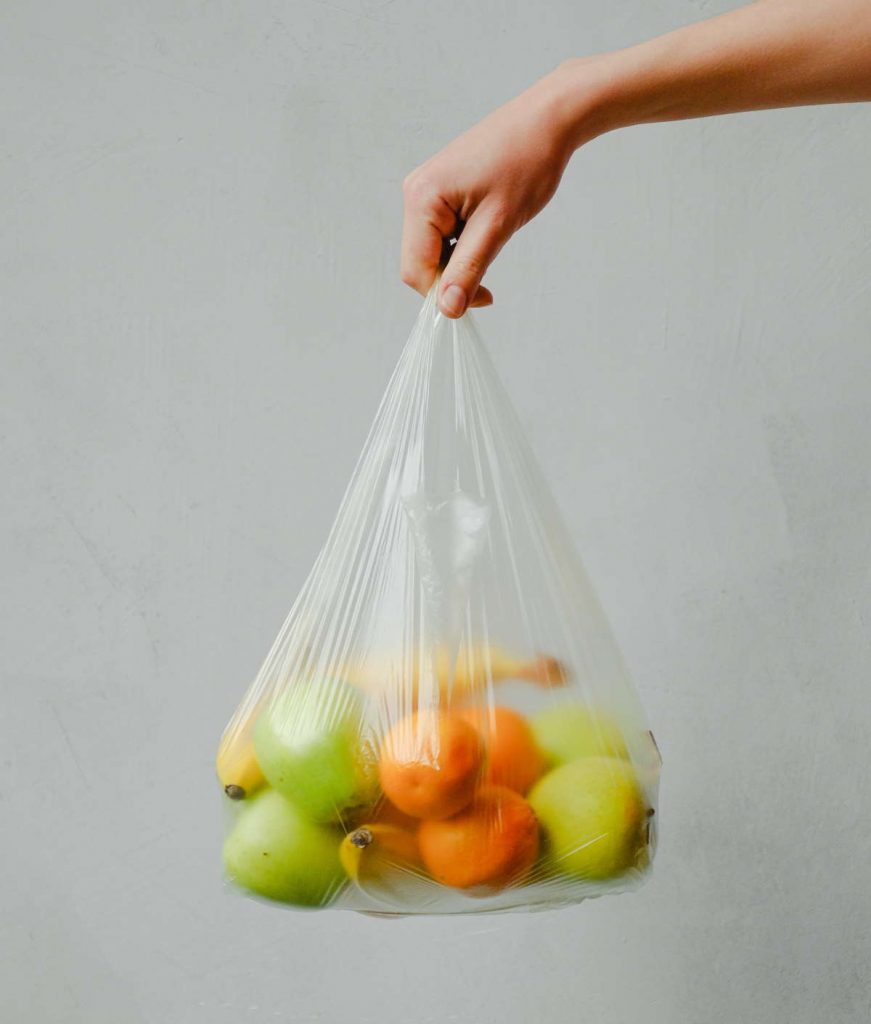
PVC - Polyvinyl Chloride
Many metal pipes have been replaced by PVC pipes. Compared to metal it is lightweight, compared to most other plastics, it is quite heavy. Common usage is in piping products and casings.
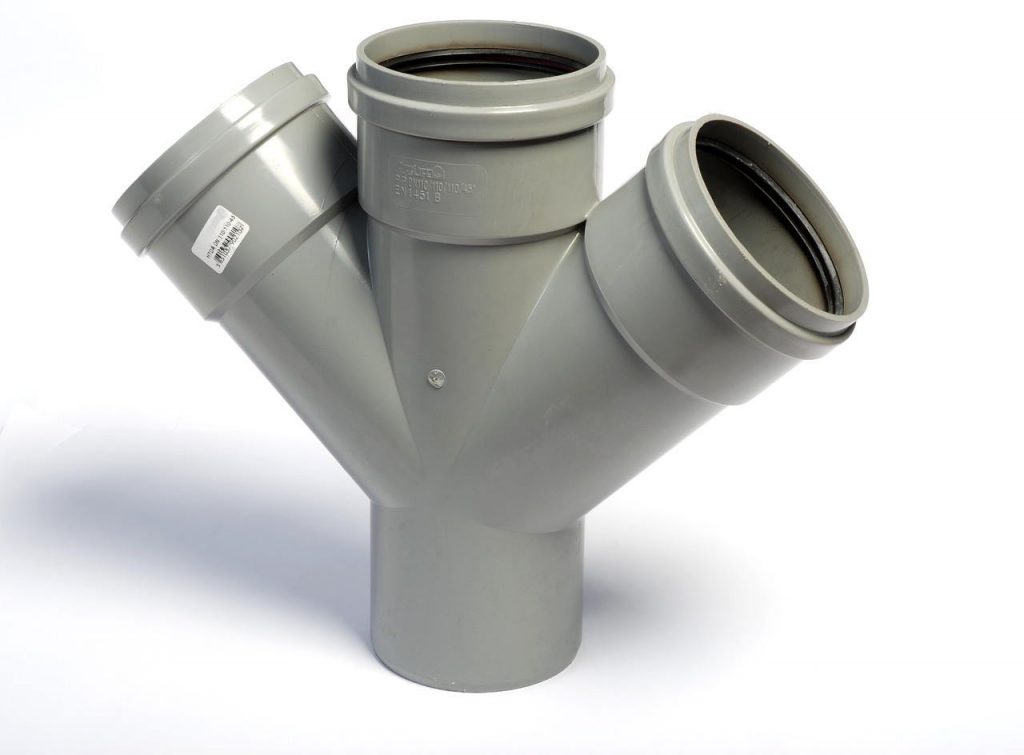
PET - Polyethylene Terephthalate
PET has its reputation for being strong despite being lightweight. Under the name Polyester, it became known to most people outside plastic manufacturing.
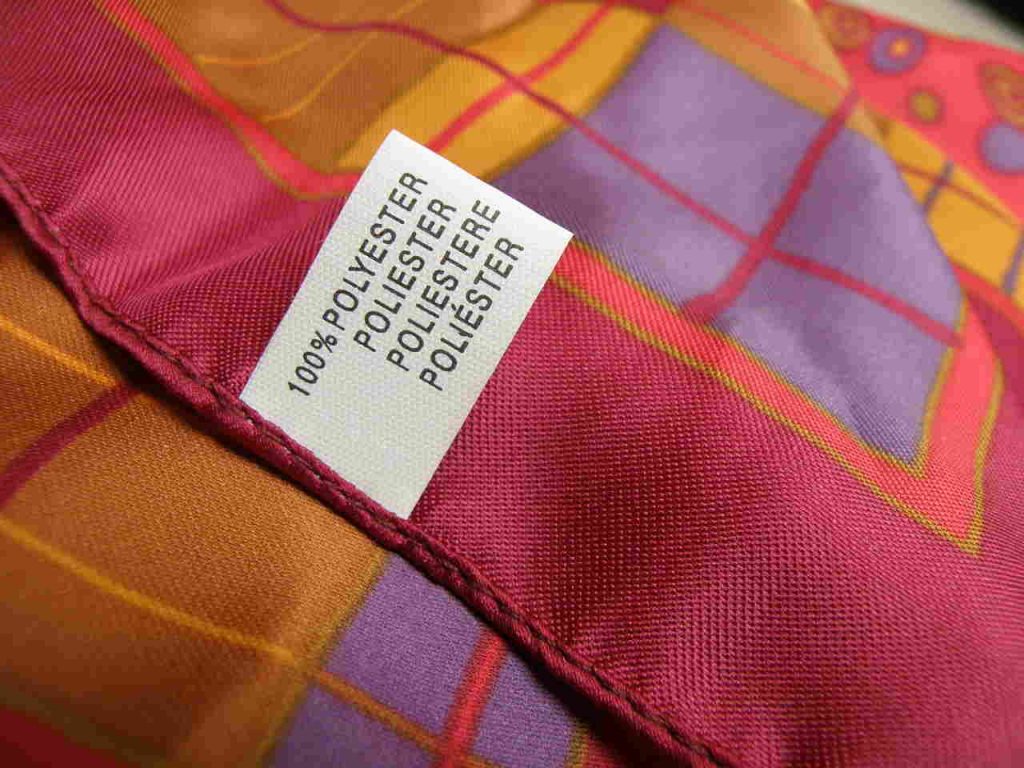
PS - Polystyrene
General-purpose polystyrene is hard and brittle. The resin is inexpensive and therefore often seen in the packaging industry. Very common is styrofoam which got a bad reputation due to its non-biodegradability. It is often easily visible accumulating along shores and waterways.

HIPS - High Impact Polystyrene
HIPS is Polystyrene with an addition of rubber to modify its properties. The rubber makes it incredibly durable with high impact resistance.
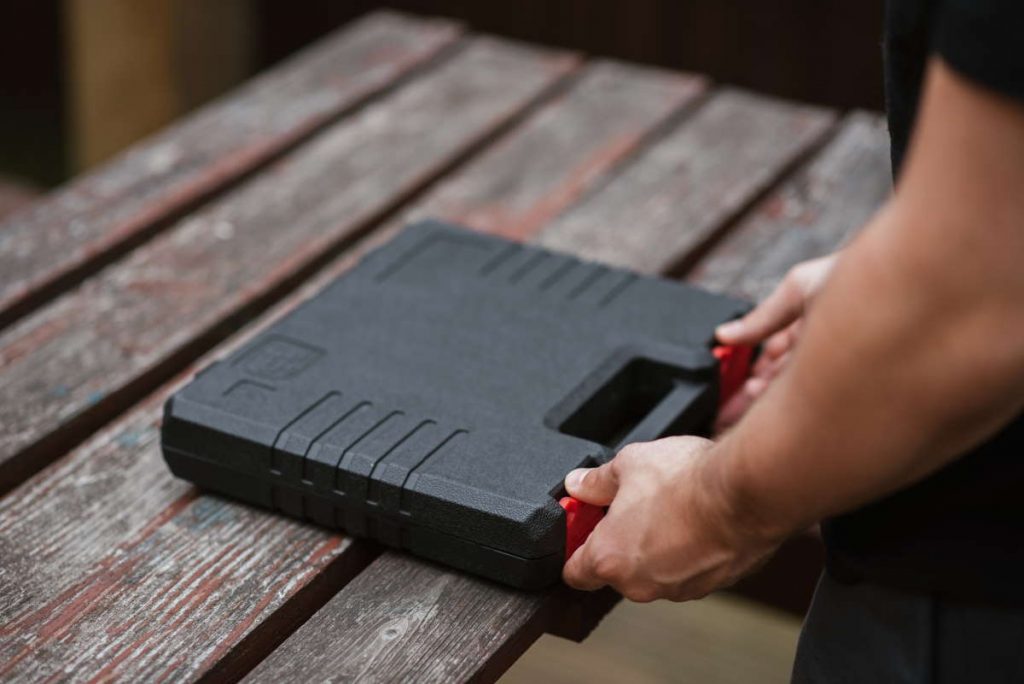
Engineering Plastics
ABS - Acrylonitrile butadiene styrene
ABS is a good allrounder in engineering plastics that has good toughness, impact resistance, and other mechanical and electrical properties. It makes it the ideal candidate for a wide variety of injection molding applications.

PMMA - Acrylic Injection Molding
PMMA is also known as acrylic glass or plexiglass. Its name already gives away the applications. PMMA’s specific properties make it a glass substitute that can be manufactured by injection molding. Many clear and transparent plastic products are PMMA.

TPU - Polyurethane
TPU plastics have a wide range of properties. This includes elasticity, transparency as well as resistance to abrasion and oil.
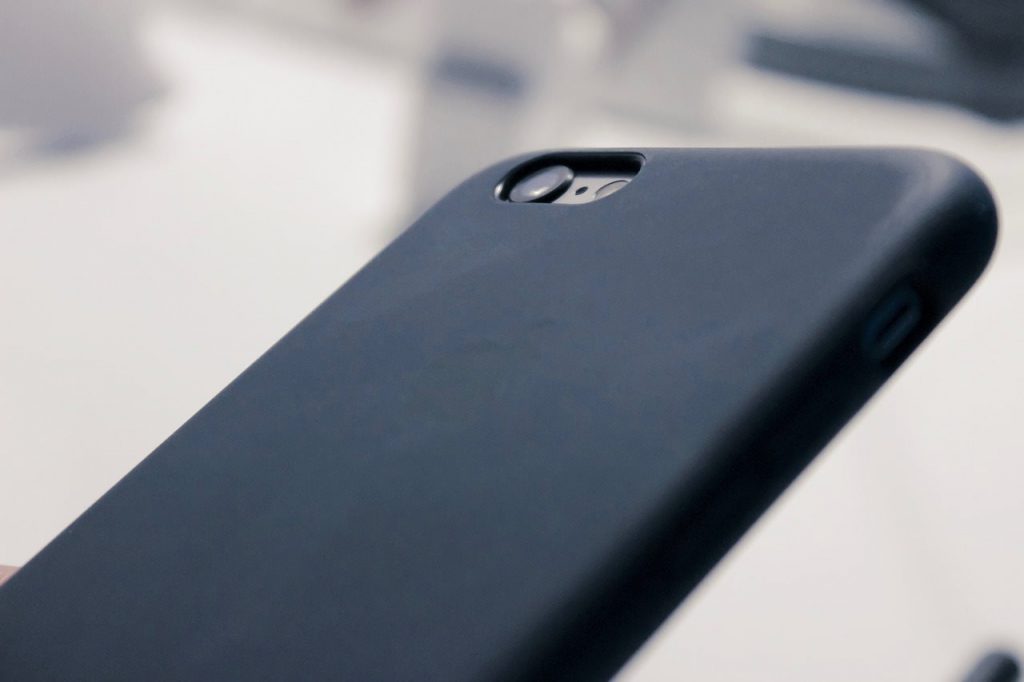
PA - Polyamide
Also known as Nylon, this plastic material is as versatile as it gets. Mechanical performance & value allow Nylon to be used in many products. It is commonly used as PA 6 and PA 66, often reinforced with glass fiber.

TPE - Thermoplastic Elastomer
TPE combines the properties of rubber and plastic. Having advantages of both materials, it also allows easy manufacturing by injection molding.

PC - Polycarbonate
Polycarbonates that are used in engineering are strong and tough materials. They also achieve optical transparency. Their behavior in an injection molding machine is easy to handle. That is the reason why they can be found in so many applications.

PBT - Polybutylene Terephthalate
A very common use for PBTs is as an insulator in the electronics industry. Furthermore, it is mechanically strong, has high corrosion resistance, and can be treated with flame retardants. That way it can become noncombustible, which makes it a great use for material that gets in contact with electricity.

PEI - Polyetherimide
PEI is able to resist high temperatures and has stable electrical properties. Ductility and excellent chemical resistance make it suitable for applications that others cannot fulfill.
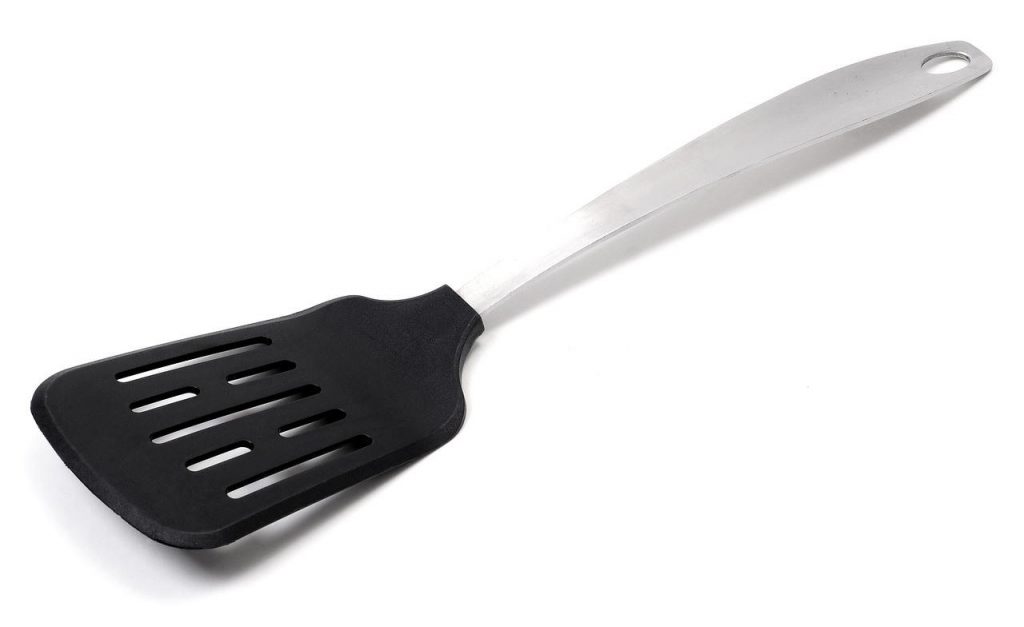
Which plastic material should I choose for injection molding
The process of injection molding is suitable to produce all the above-mentioned plastic materials and more. Their immense variation of properties is also reflected in the molding process. From injection pressure, temperature, clamping force all the way to cycle time. To find out if the material you chose fits into your manufacturing schedule, take a look at the cycle time calculator under tools.
The plastic injection molding material that you choose should always fulfill your minimum property requirements, including a safety factor.
